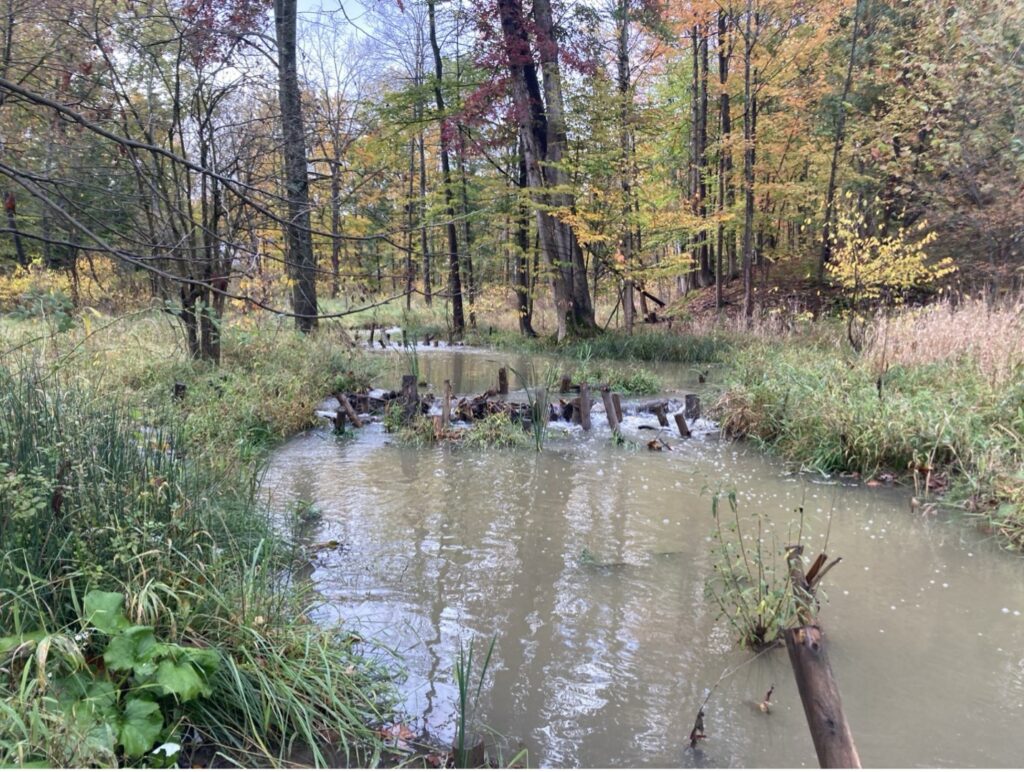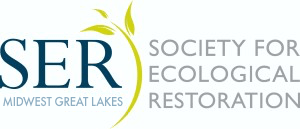2025 SER-MWGL Webinar Series: Beavers, the original ecological engineer: What can North America’s largest rodent teach us about restoration?
Date: Friday, November 21
Time: 11:30am – 12:30pm CST
Title: Beavers, the original ecological engineer: What can North America’s largest rodent teach us about restoration?

Description:
What can we learn from the Beaver (Castor canadensis) about how we view our approach to how we impact the landscape? Focusing on the processes of natural systems, this presentation will cover different methods for utilizing beaver ecomimicry in restoration. The awareness and interest in understanding the ecological importance and landscape management practices of this keystone species have grown over the past decade, from their role in fighting wildfires to their capabilities in improving water quality. Focusing on the processes of natural systems, we will walk through approaches to do so in a variety of settings, from rural agricultural landscapes to urban ones.
Presenter: Suzanne Hoehne (shoehne@biohabitats.com)
Suzanne is a Senior Ecological Designer and Water Resource Engineer at Biohabitats, Inc. with experience in the hydrology, ecology, geomorphology and hydraulics of a variety of natural systems. She focuses on ecology and water, as the lead designer on many integrated stream and wetland restoration projects throughout the US. After encountering beaver in many of her stream and wetland projects, she started studying them to determine how they went about their work. Utilizing ecomimicry of beaver’s engineering skills, Suzanne has incorporated many of their techniques into projects at Biohabitats and was also involved in the editing of “The Beaver Restoration Guidebook” developed by USFWS.

